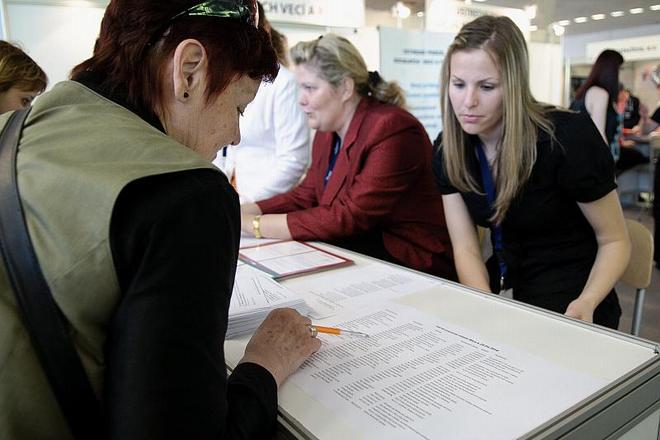Slovakia's robust economic growth is expected to continue, along with falling unemployment, according to the Autumn 2016 Economic Forecast released by the European Commission.
“The prognosis for Slovakia is particularly positive,” said Dušan Chrenek, head of the EC Representation in Slovakia, as quoted in a press release. “Slovakia will continue in strong economic growth.”
The country’s GDP should increase by 3.4 percent this year. Though the growth will fall to 3.2 percent in 2017, the following year it should increase by 3.8 percent.
Economic growth in Slovakia is higher than the European average. While the whole European Union should grow at 1.8 percent this year, in 2017 it is forecast at 1.6 percent and in 2018 at 1.8 percent, while in the eurozone, the economy should grow by 1.7 percent this year, 1.5 percent next year and 1.7 percent in 2018, the press release suggests.
Moreover, the EC predicts Slovakia will continue reducing unemployment, which is expected to fall to 9.7 percent in 2016, and then down to 8.7 percent in 2017 and to 7.5 percent in 2018.
Inflation is forecast to decline to -0.5 percent in 2016, the third consecutive year of declining consumer prices. The main drags are falling energy and food prices, which are overshadowing rising service prices, according to the EC. The consumer prices are, however, predicted to rise again in 2017, with inflation expected to amount to 0.8 percent. It should be impacted mostly by robust consumption of households and companies.
The general government deficit for 2015 was revised downwards by 0.3 percentage points to 2.7 percent of GDP mainly due to higher tax revenues. In 2016, the deficit is projected to decline to 2.2 percent of GDP.
“This fall is supported by robust corporate income tax receipts reflecting rising profitability, as well as by steady growth in personal income taxes and social contributions due to favourable labour market developments,” the press release reads.
A more pronounced deficit reduction will, however, be hindered by non-budgeted spending (e.g. financial corrections related to EU funds) and higher-than-budgeted investments.
The EC predicts the deficit will continue decreasing to 1.5 percent of GDP in 2017, and in 2018 the country may nearly achieve a balanced budget.
The structural deficit is expected to decline to 2 percent of GDP in 2016, declining more slowly than the headline deficit due to the closing output gap. In the following two years the improvement in the structural balance will broadly mirror the decline in the headline deficit, as the economy is expected to operate at near-potential levels.
Following an increase in 2016, the debt-to-GDP ratio is projected to revert to a downward trend falling below 52% in 2018, owing to favourable deficit developments and accelerating nominal GDP, the press release suggests.



 Jobless rate should continue decreasing in following three years. (source: TASR)
Jobless rate should continue decreasing in following three years. (source: TASR)